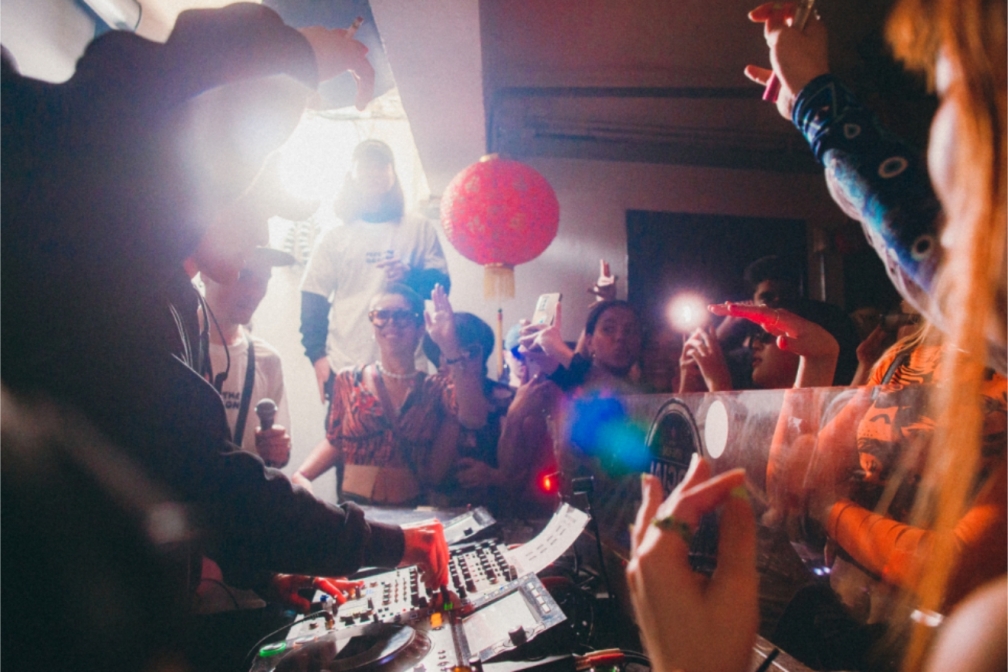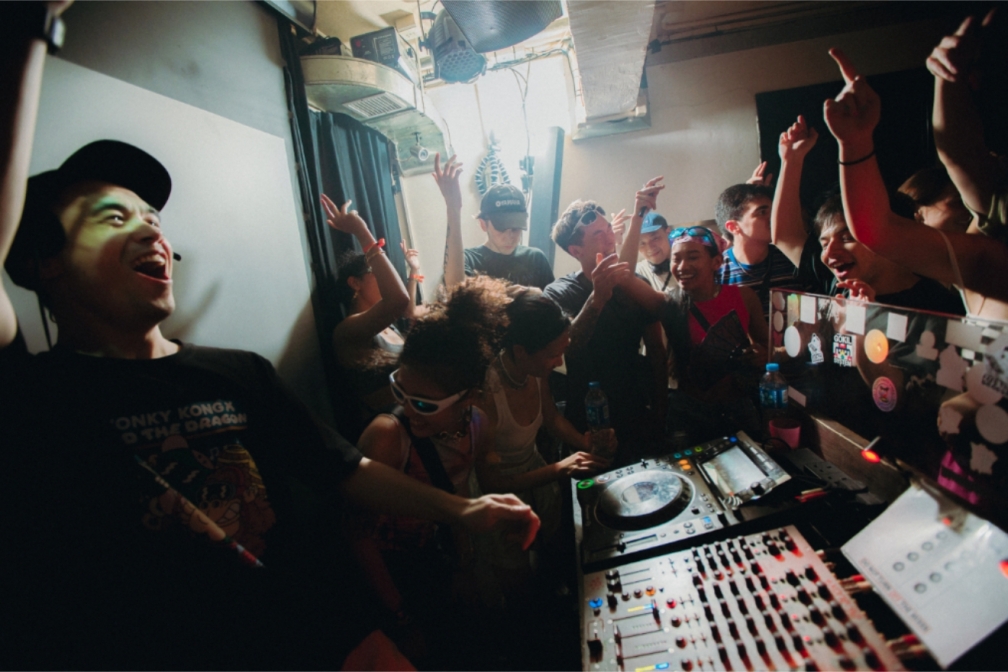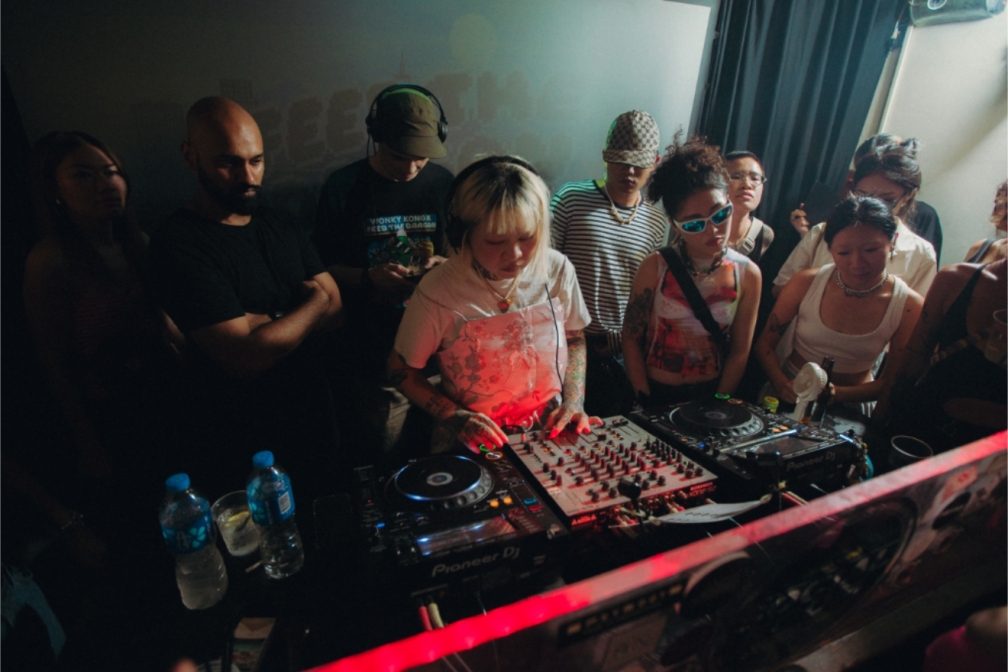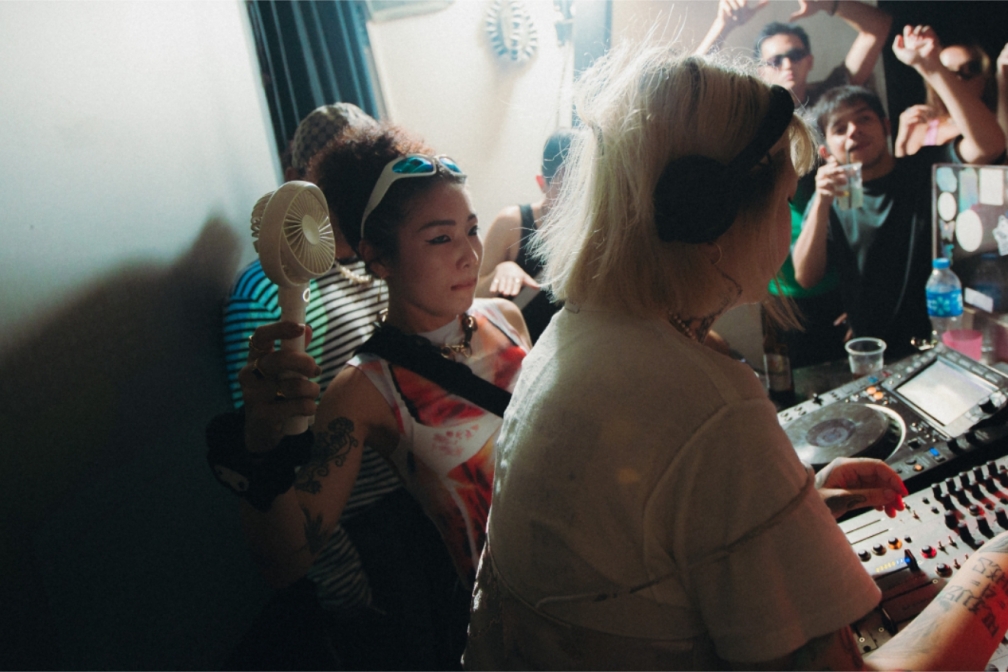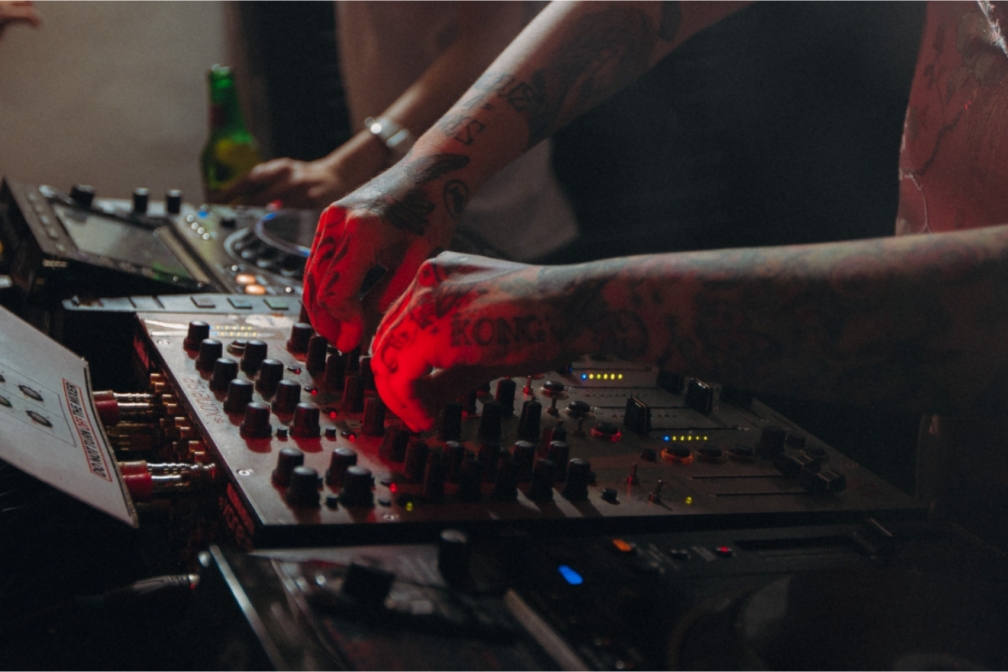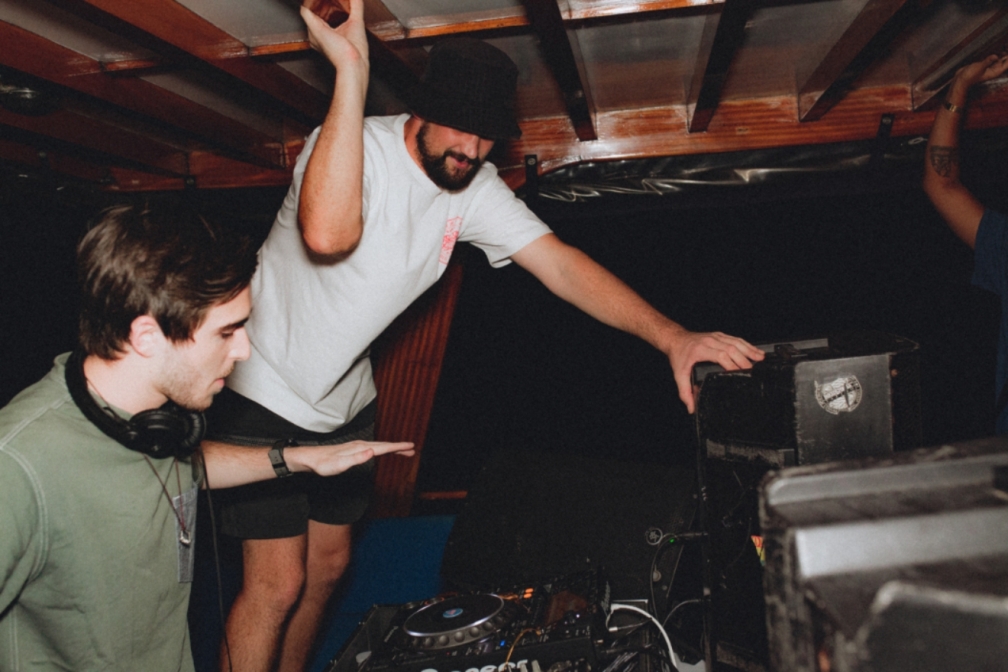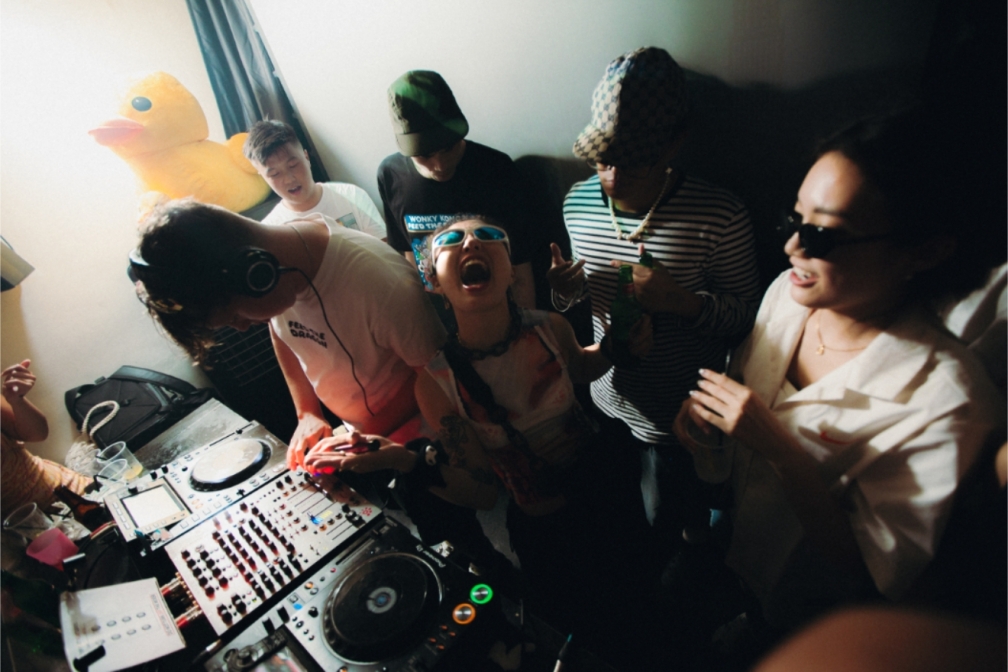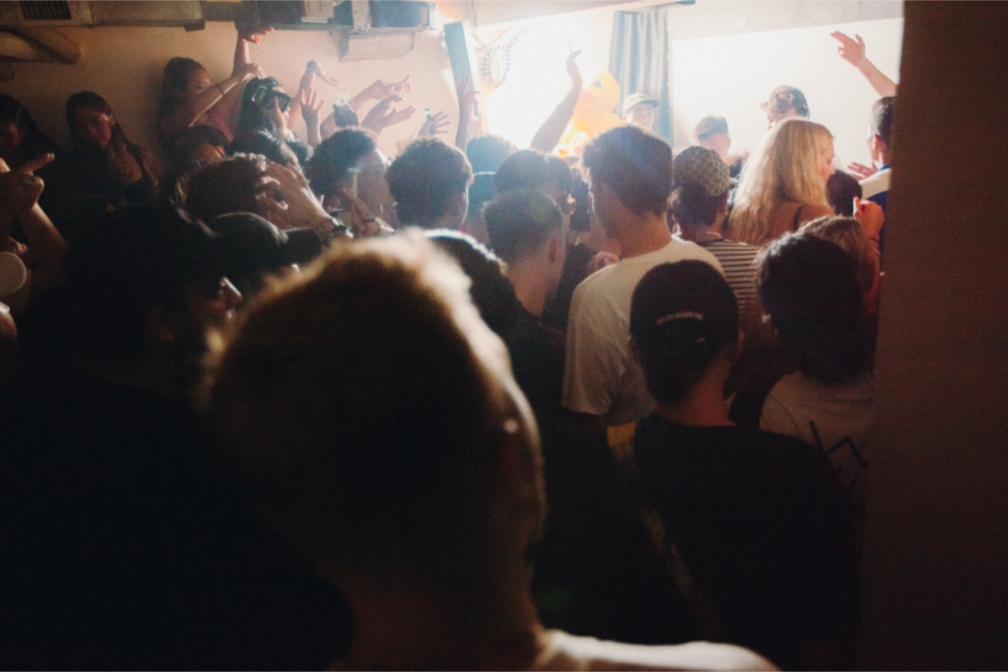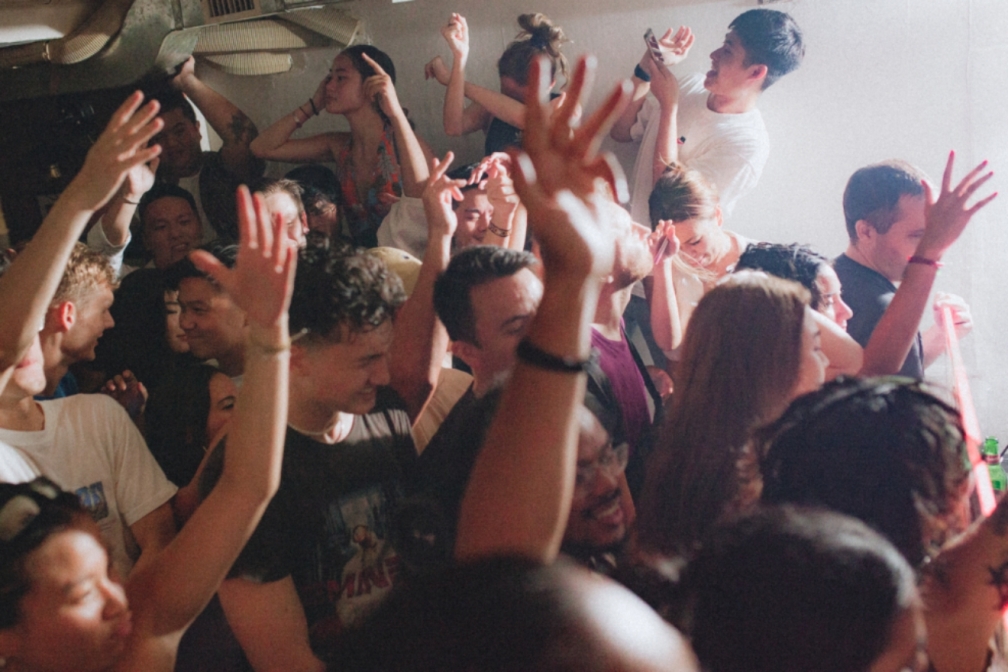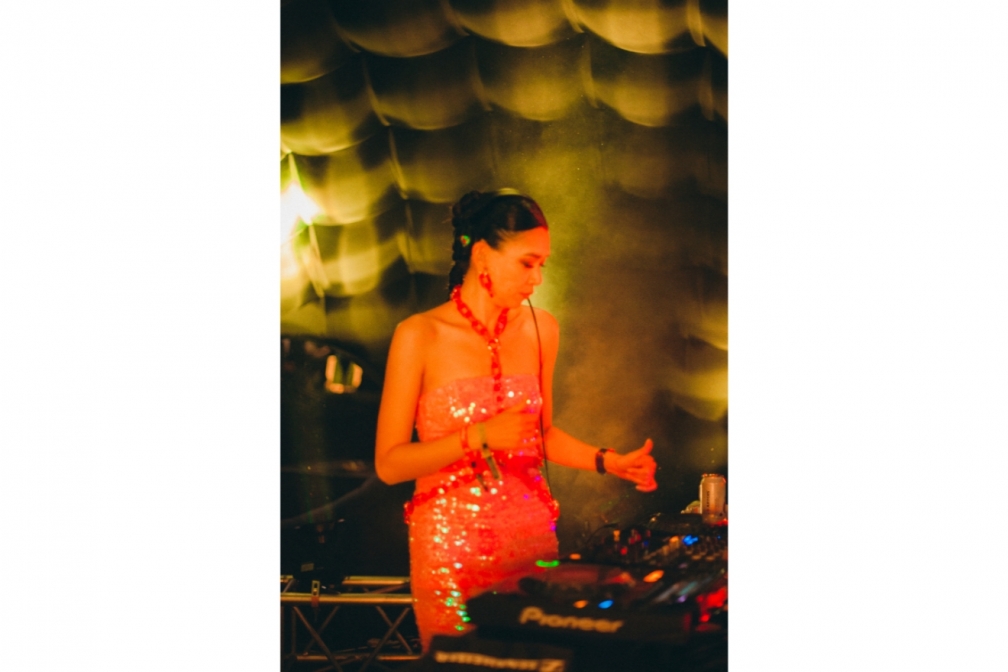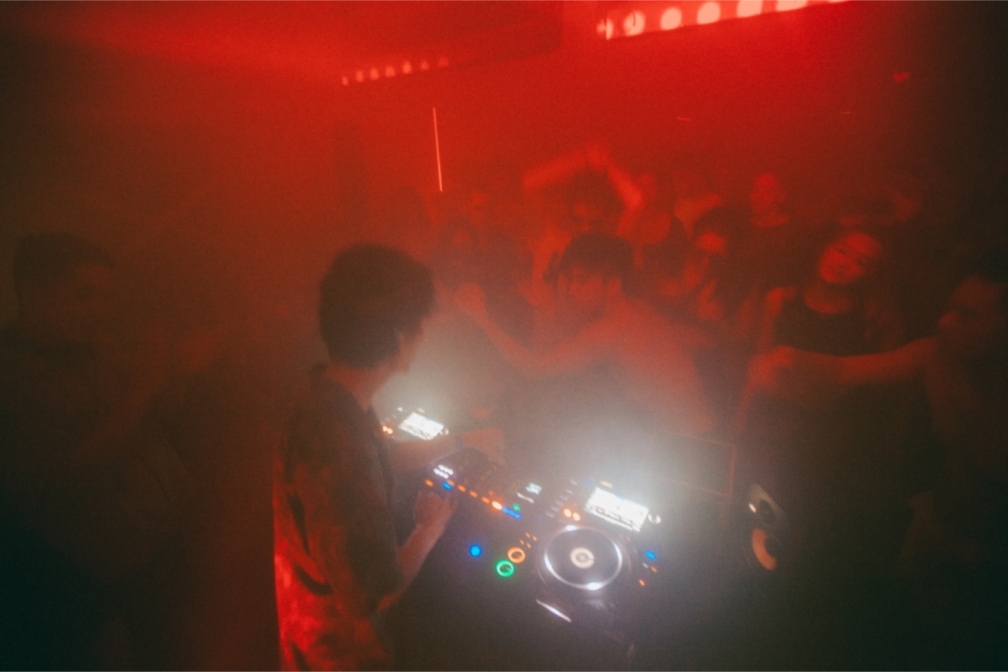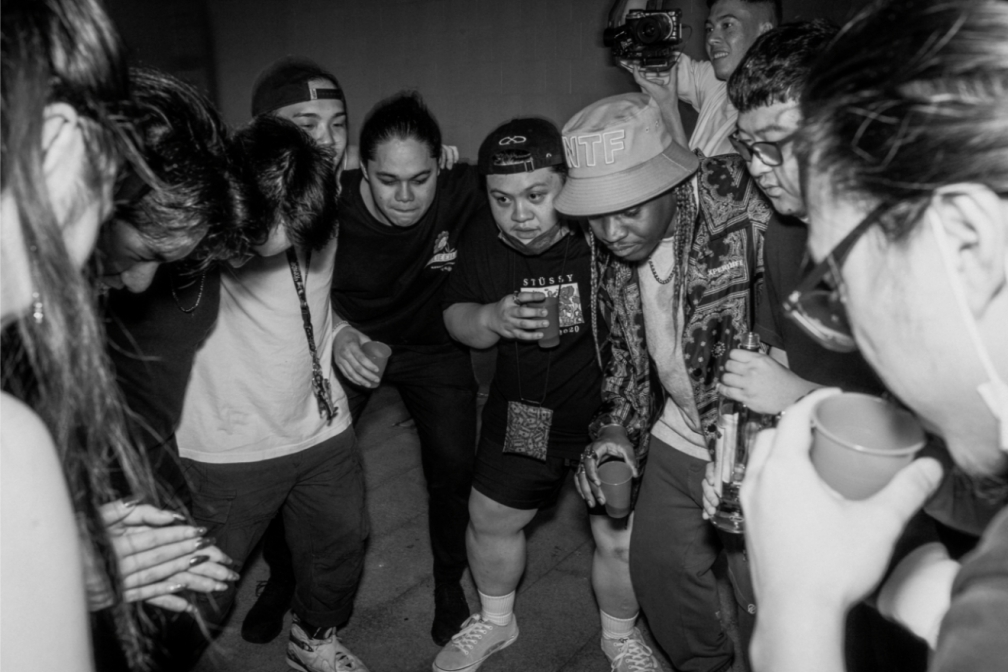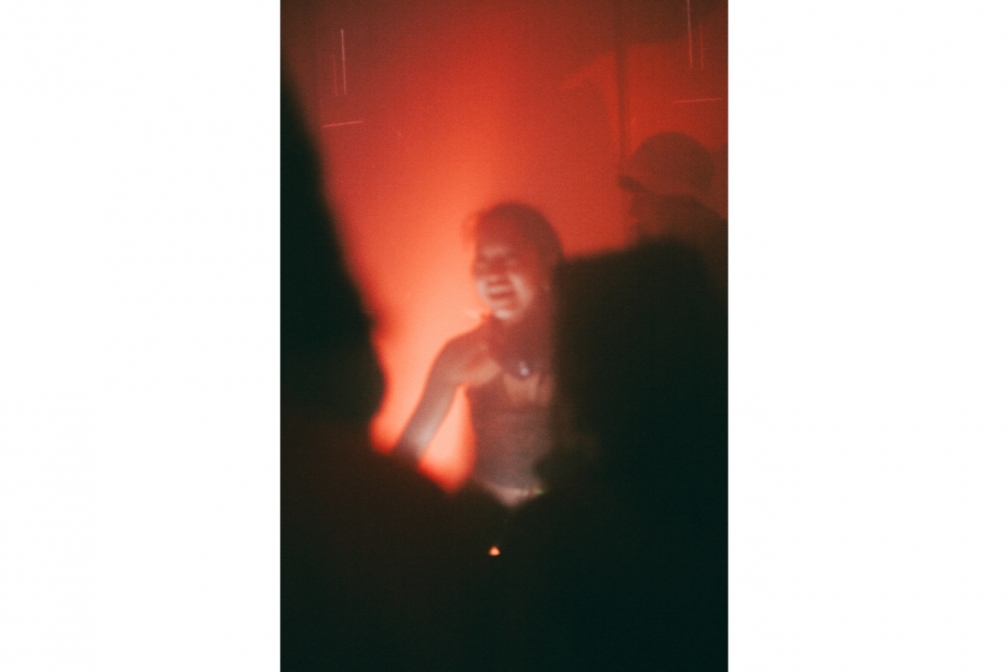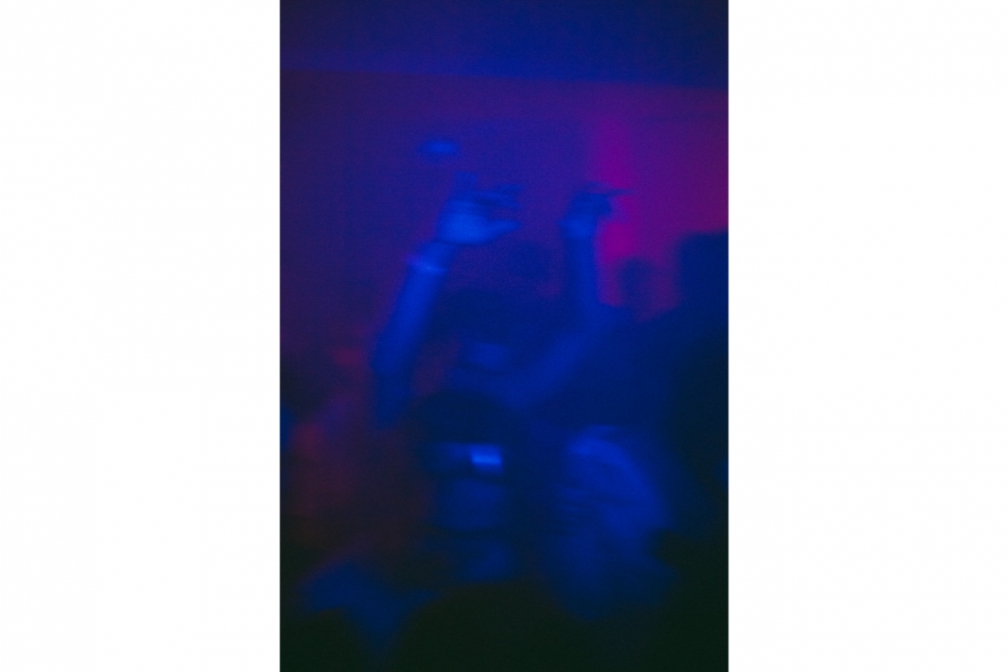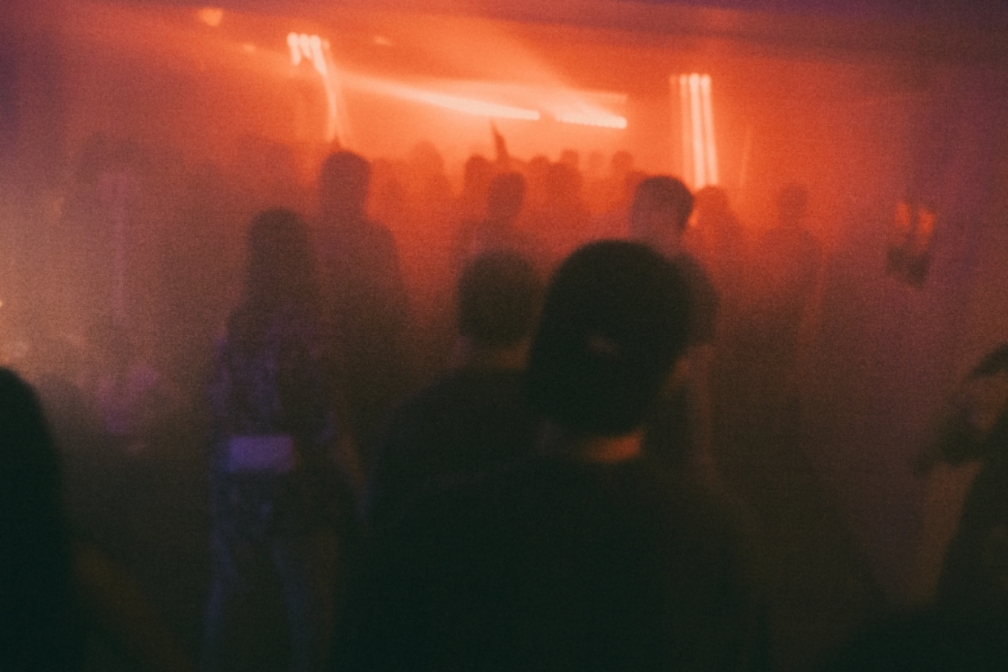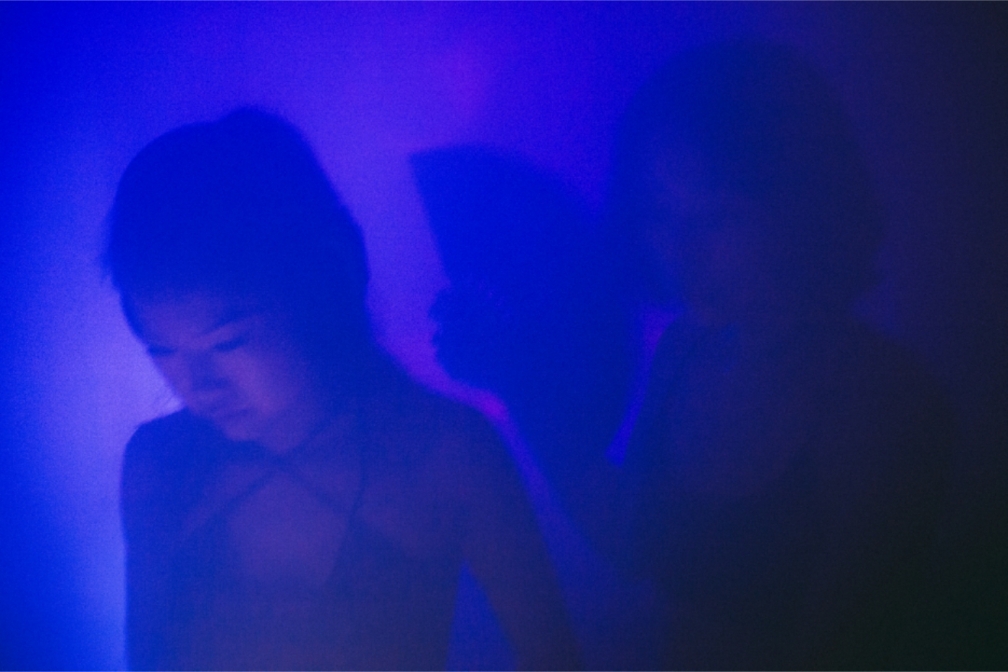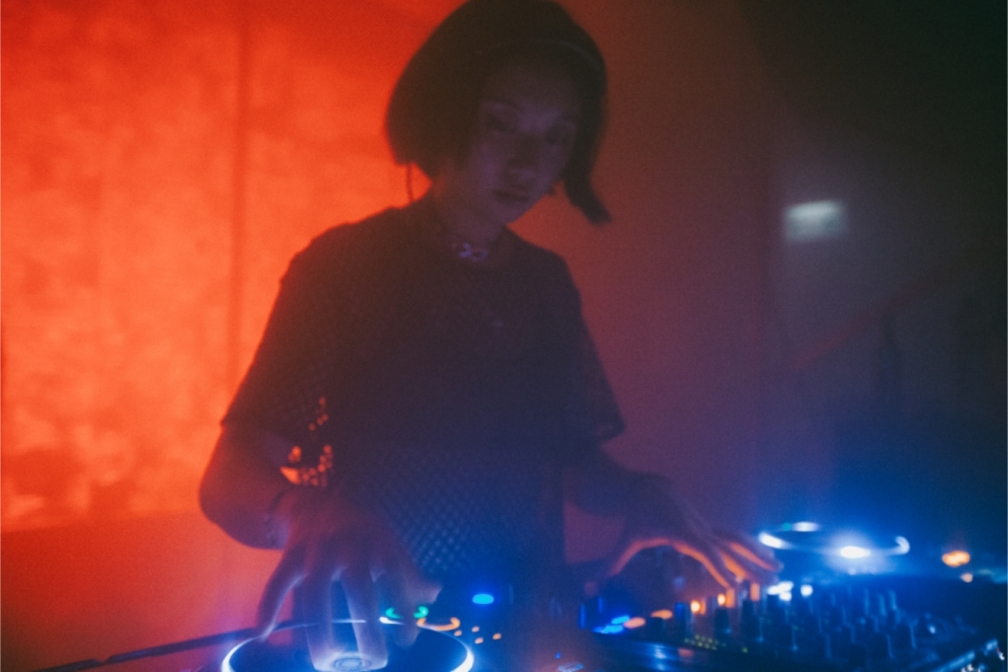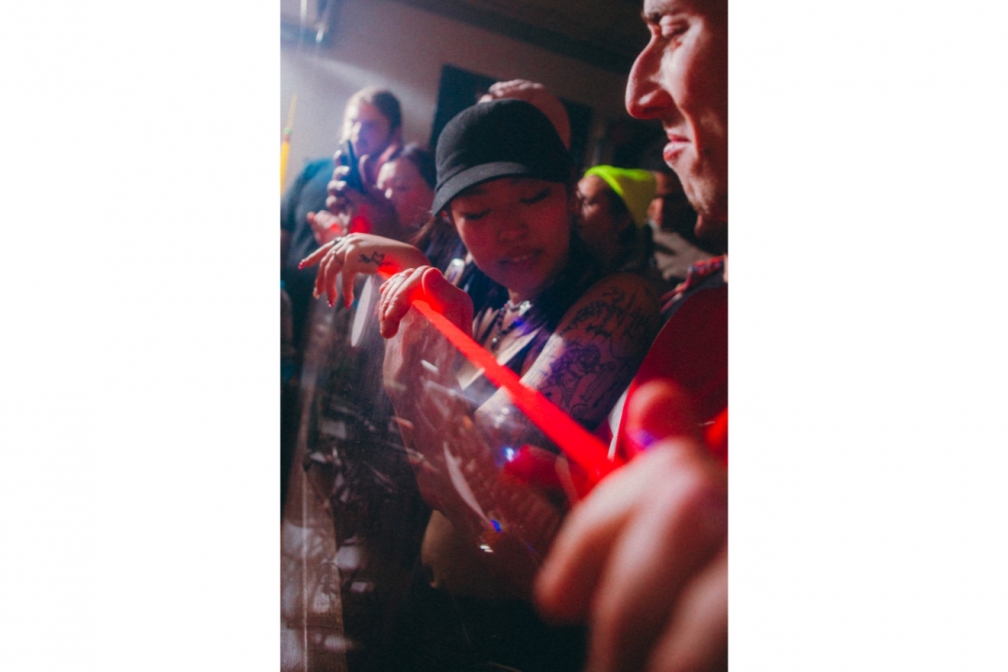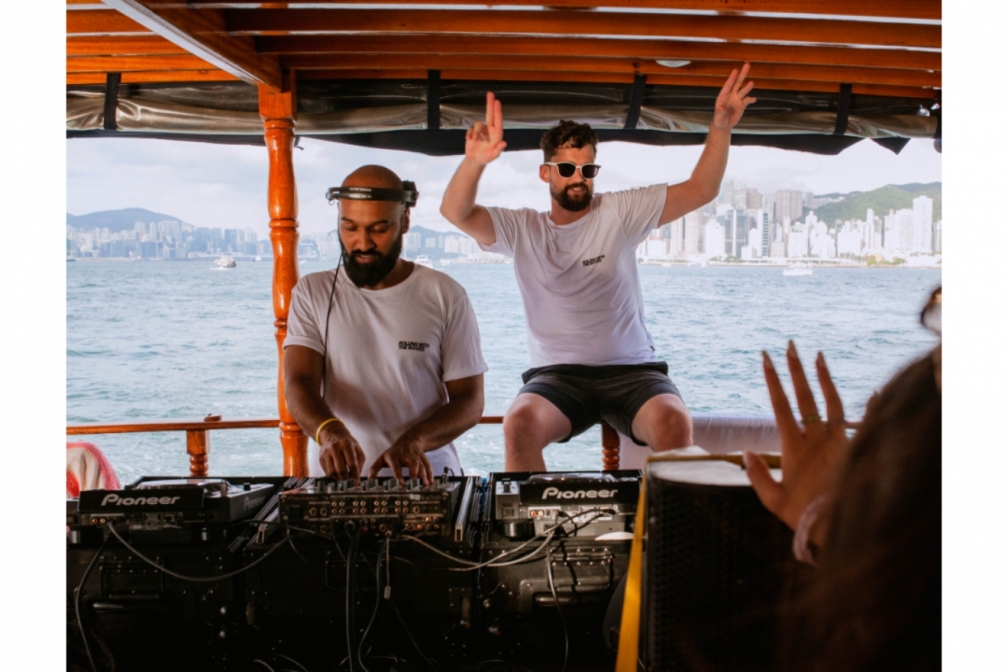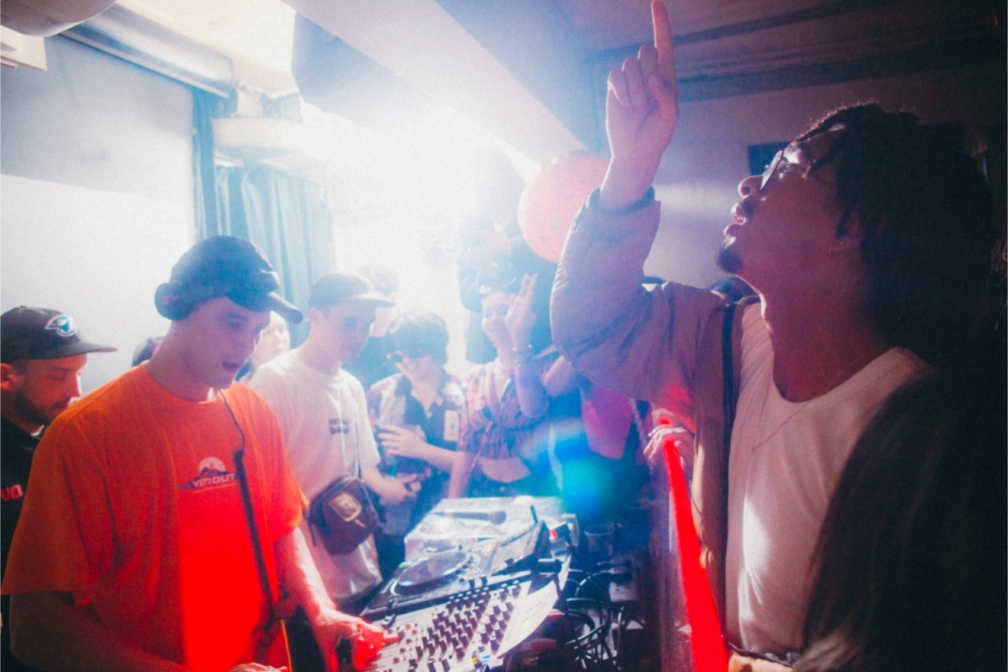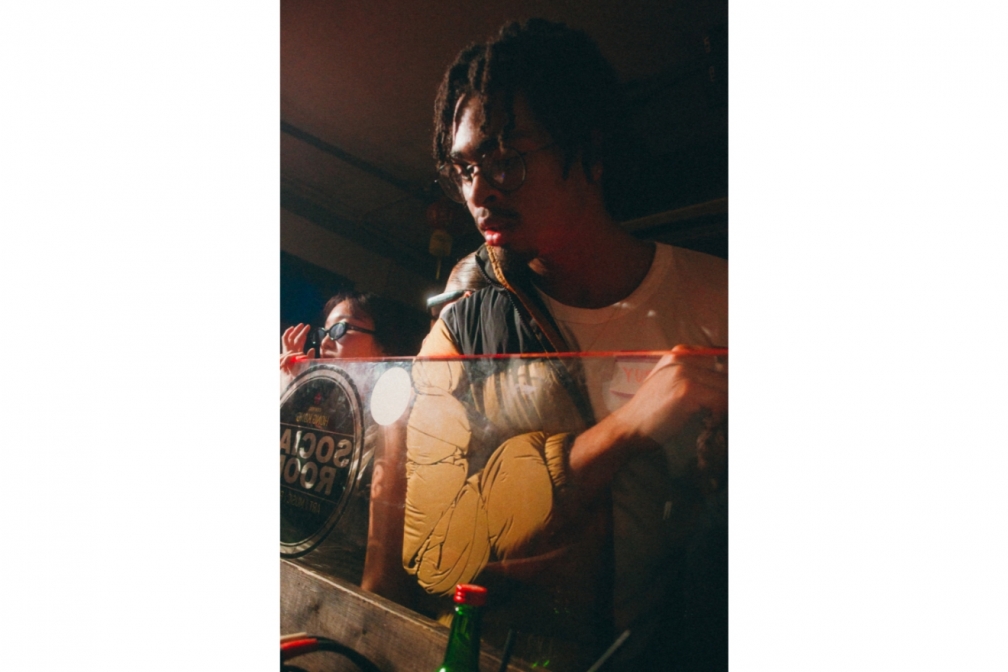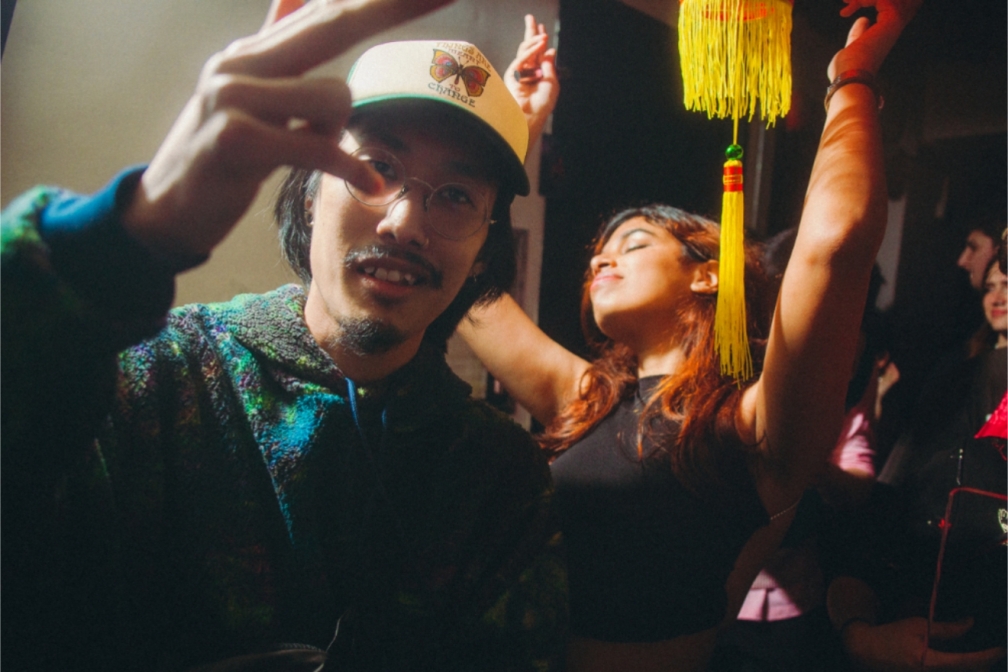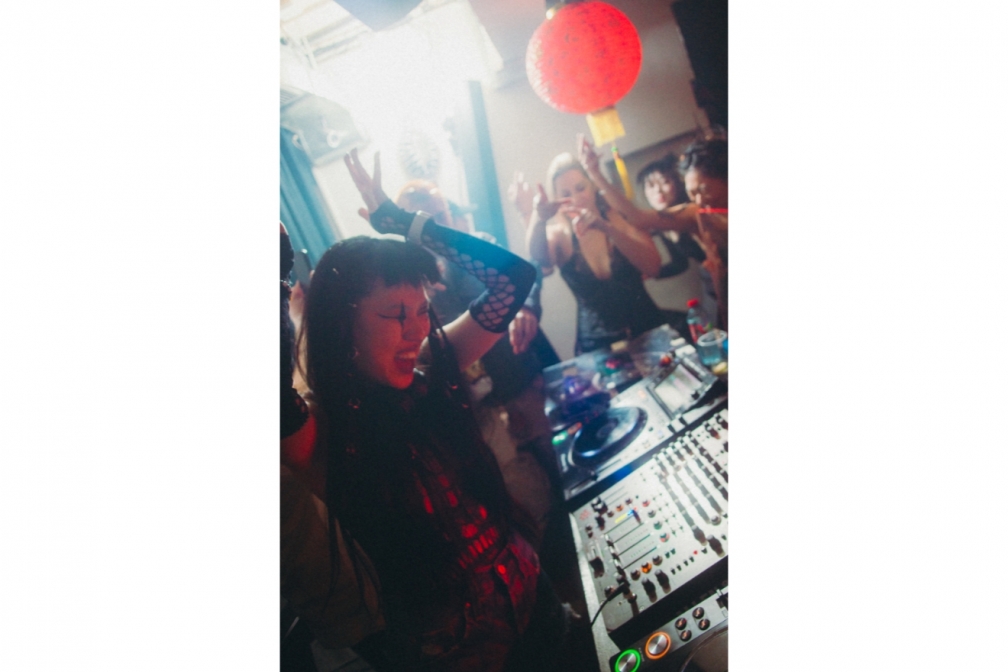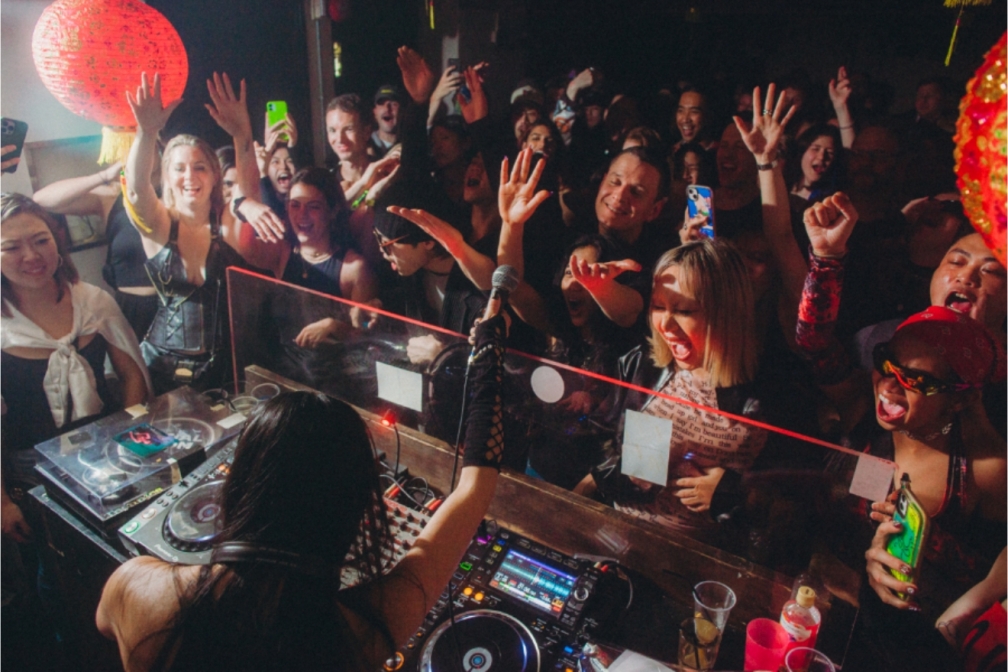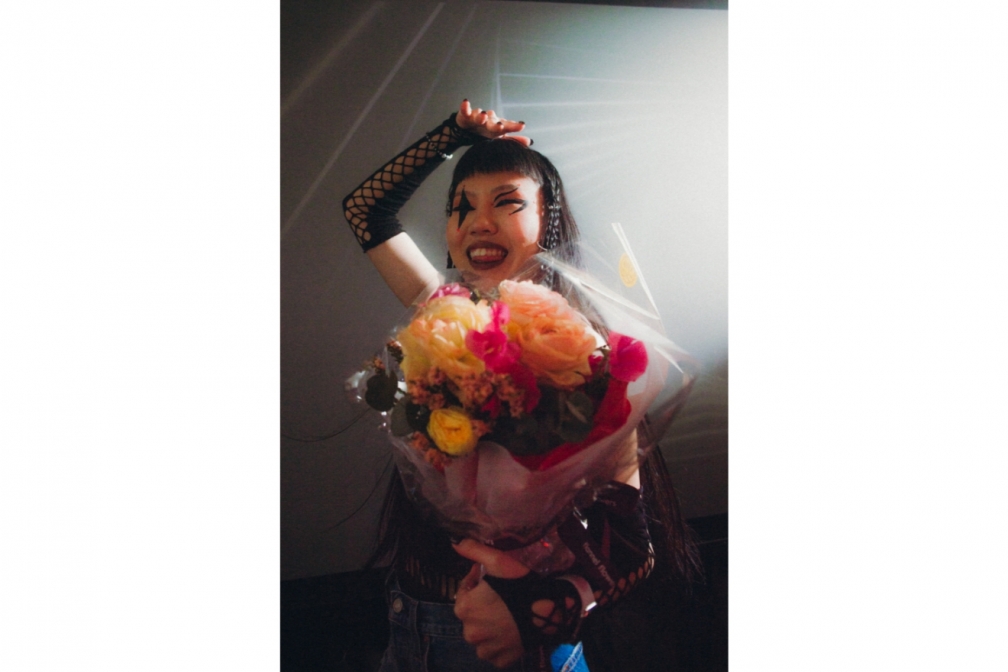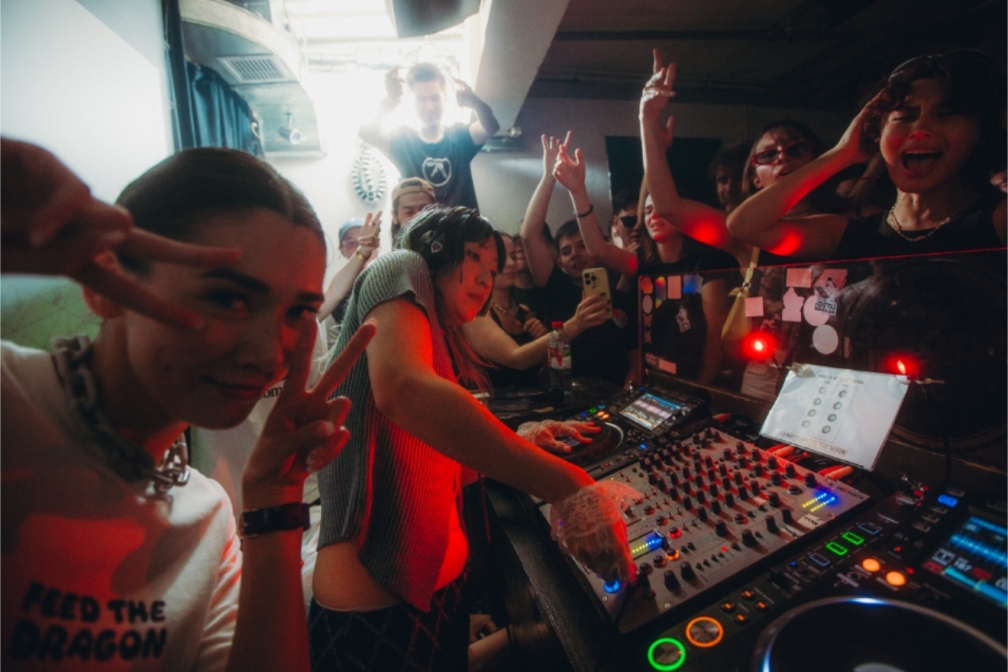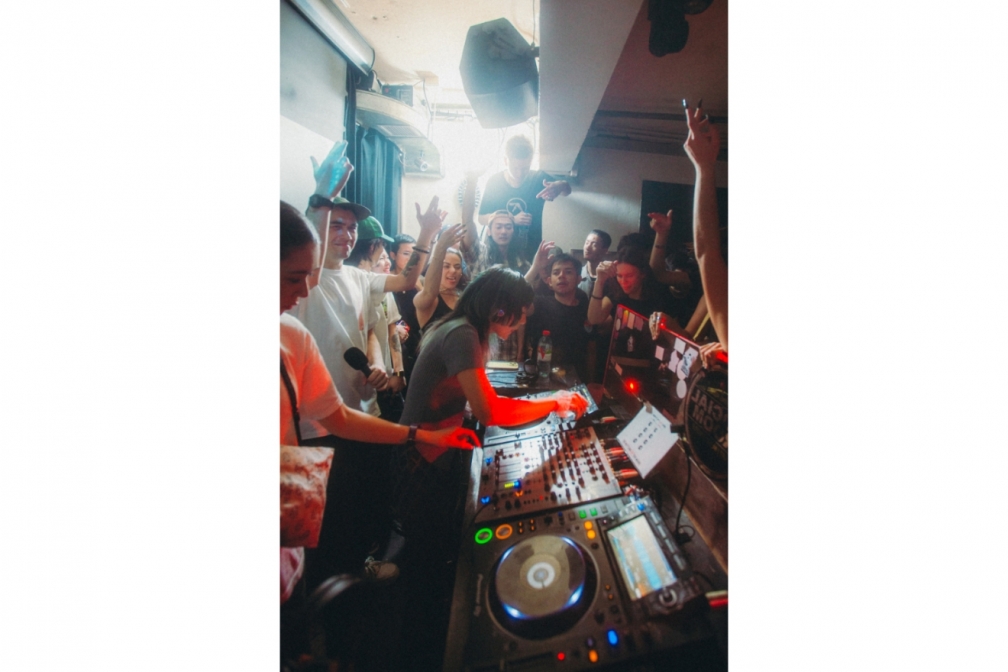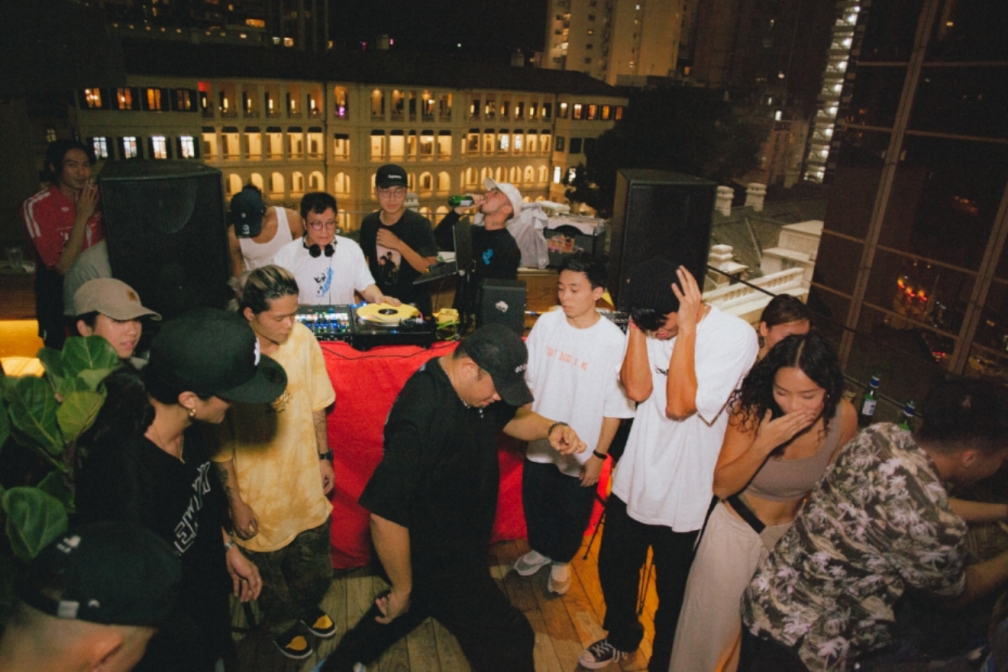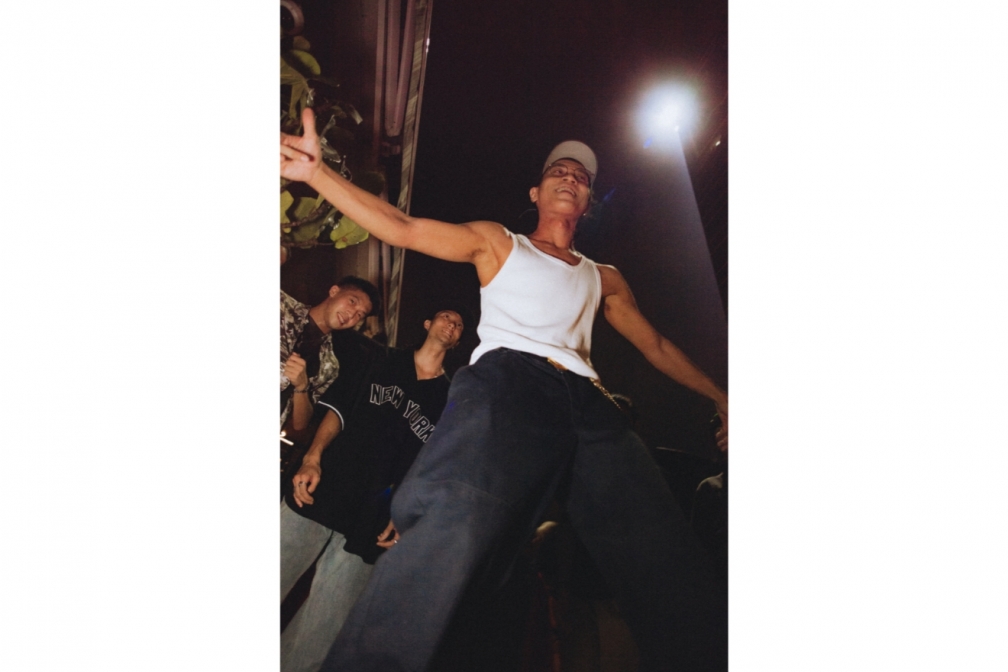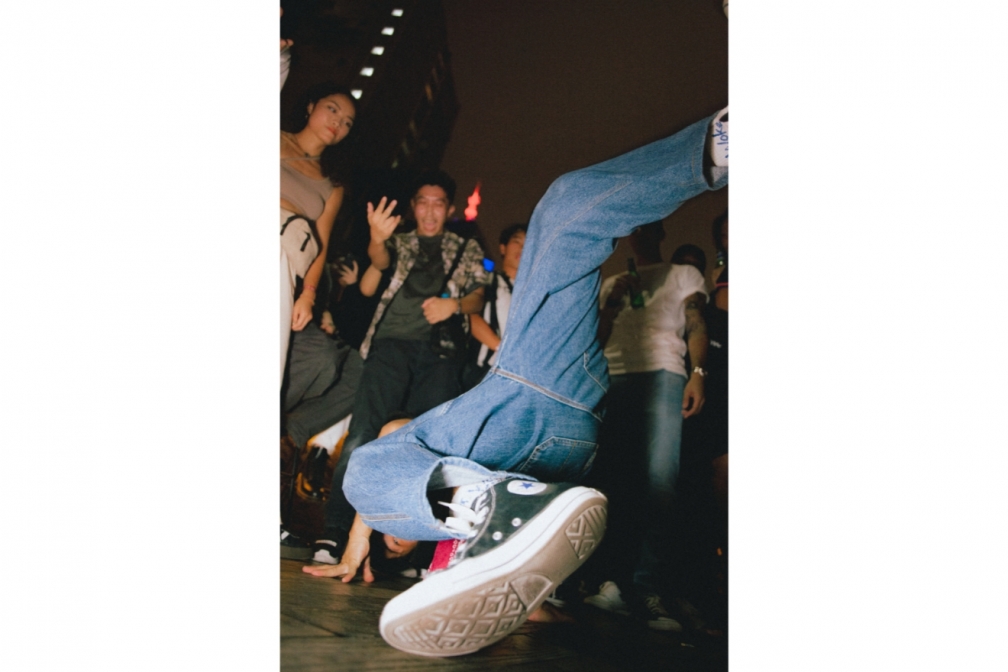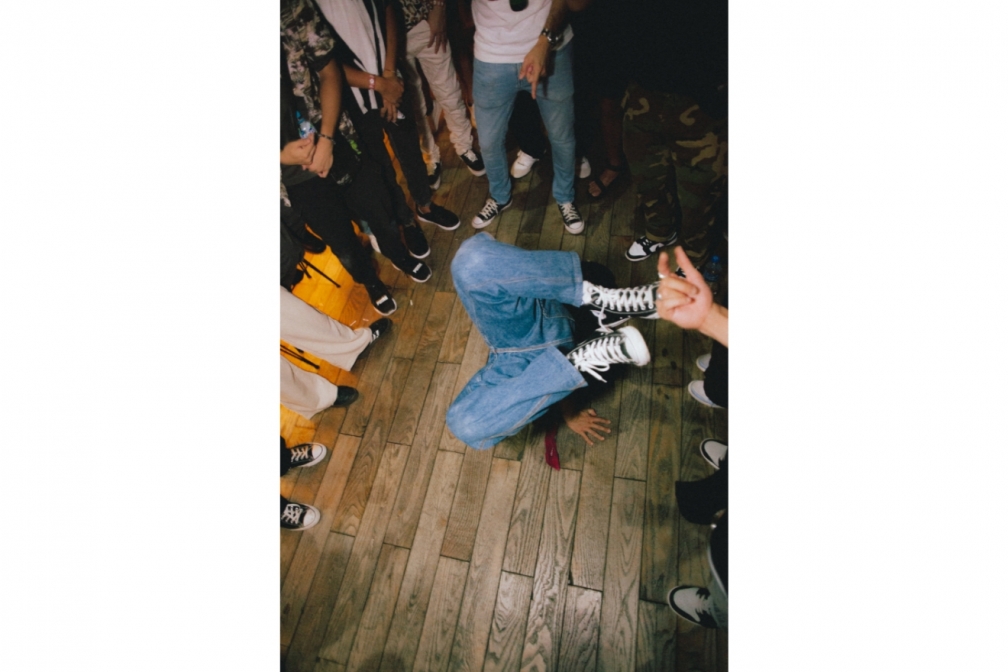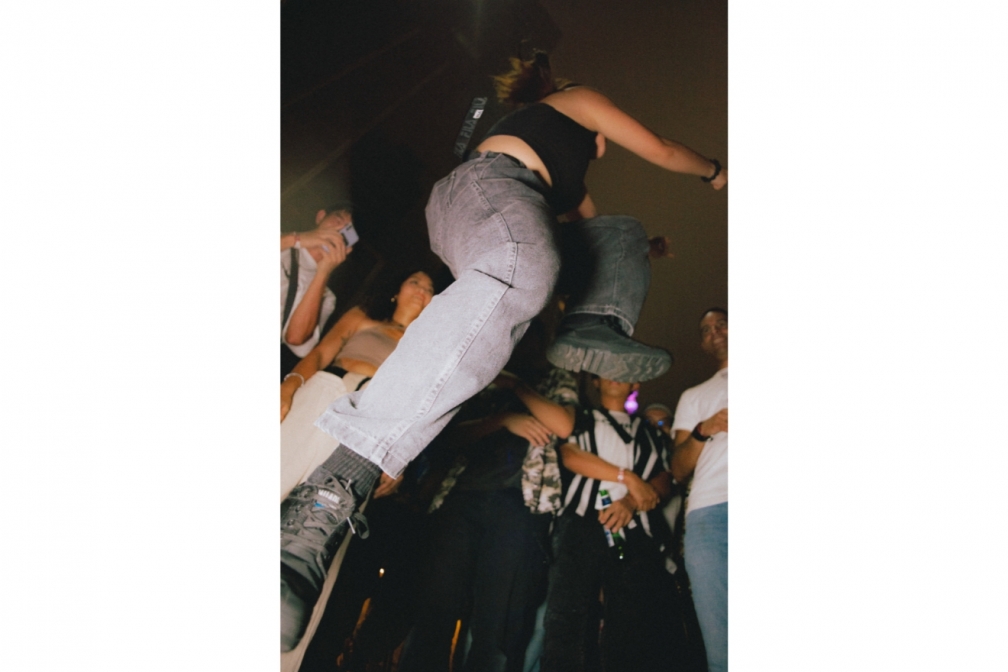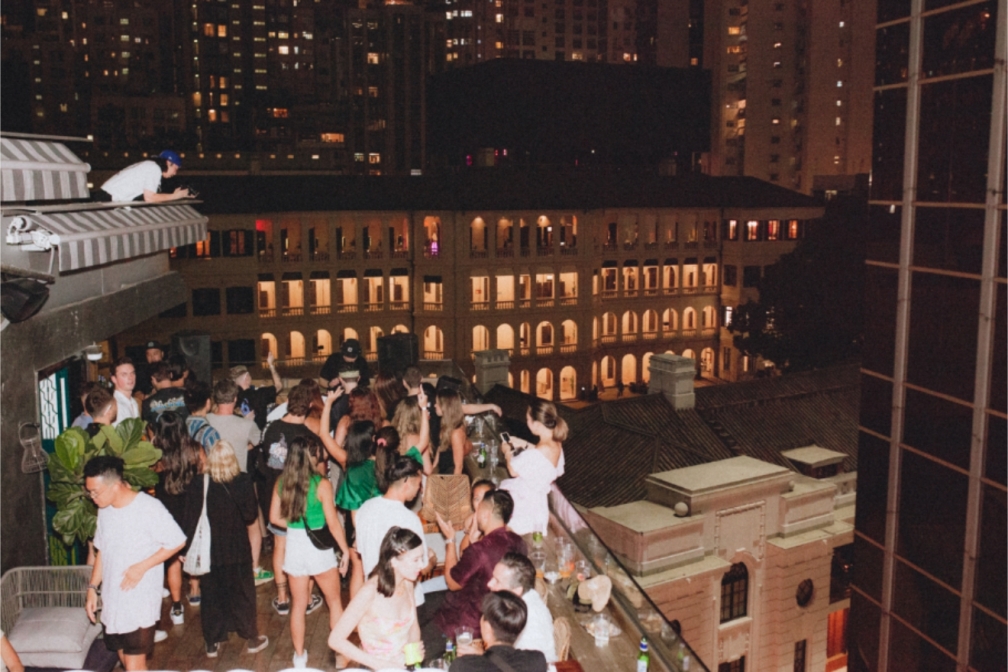Behind the lens: dancing with space & light in Hong Kong
Discover how photographer Jake Aaron Morton documents the city’s underground parties
Jake Aaron Morton’s photography gives itself away at first glance. With an incredible flair for composition, lighting, and capturing crowd moments, his shots often look more like chiaroscuro Renaissance paintings than they do rave photography.
I first met Jake on a packed club night at Social Room (one of the city’s key underground venues) when he was still a relatively recent arrival to Hong Kong. Skipping small talk entirely, he immediately began enthusing about his love for photography and desire to start shooting events in Hong Kong – a wish that soon materialised.
Having previously photographed shows for headline artists such as Bicep, Sammy Virji, and Special Request in his native Newcastle, the Hong Kong underground didn’t realise that it was about to absorb a huge new talent. Fast forward four years and Morton has become firmly entrenched in the local scene as the photographer of choice for a number of dance music collectives, and he’s added festival and music video photographer to his resume, as well.
Speaking to Mixmag Asia, Jake shares his personal journey from promoter to photographer and highlights how Hong Kong’s urban geography has affected his style and approach to capturing music events.
Hi Jake! You’re originally from the UK, when and why did you move to Hong Kong?
Five years ago my friend went out to Hong Kong and ended up as a manager of a teaching service over here. After a year, she came back to the UK to visit and said, “Come to Hong Kong, there’s a job here if you want it” over drinks. Eight weeks later, I was here. I told that story at her wedding three years later as her ‘Male of Honour’, so it was a pretty successful impulse decision.
How did you first get into music event photography?
Before I’d ever picked up a camera, I’d been working in the underground music scene in Newcastle as a member of [dance collective] Ape-X. It was my first real exposure to dance music and the culture surrounding it. I couldn’t DJ or handle a DSLR but I got involved with promotions, and later events management, for the nights that they put on and I absolutely loved being a part of it.
Throughout that time I was in awe of what their photographer, Eleanor Weitzer, was doing. We were going to the same gigs and experiencing the same music but what she was creating out of it went way beyond my understanding of what was going on in those moments. I was hooked on what images this type of photography could produce and how it could contribute to the culture of dance music.
Eleanor left Ape-X and they approached me shortly after about taking over the role as photographer. They even said that they’d lend me a suitable camera and all the other equipment needed to shoot club photography. They put a lot of faith in me and I really owe Ape-X, and their director Gabriel, a lot for giving me that start.
How does shooting in Hong Kong compare to the UK?
SPACE! Even on those crazy cramped nights in the UK where you had a big headliner in, the venue still felt roomy – I had a good amount of negative space above the crowd to shoot with and use the club lights that fill those spaces.
With most of the places I’ve shot in Hong Kong, you’re very aware of how much space you don’t have. Sometimes I’ll be knelt on top of a bass bin to keep me above the crowd level but still low enough not to knock my head off the ceiling. When you’re shooting Hong Kong clubs, your available light can diminish very quickly. I mostly use my own external flashes in the corner of the room to light my shots. The crowd thinks it’s part of the light show!
Read this next: Behind the lens: a glimpse of Chengdu's unabashed underground scene
Can you share some more details about your approach to shooting club nights?
I love thinking about new angles to approach the same nights and the same venues. Each time we do Feed the Dragon, for example, the DJs bring new tracks and different vibes to the night, so I try and make my photos reflect that. Sometimes the crowds spill into the DJ booth area, sometimes they crowd the other end, or sometimes there’s not many people behind the booth, so the off-camera flash really fills it.
I switch up the Lightroom preset every event so they all look a bit different, and make my own tweaks and decisions based on how the event went down. For the first Feed the Dragon event I went crazy with the colour red, really boosted it, and added it in to a lot of the photos, with a bunch of navy blue in the shadows to balance it out. It was such a hit-or-miss preset, some photos looked amazing and others were deep-fried casualties.
I’ve looked back on some events and gone, “Oh my god what was I doing there, everyone looks made of plasticine” but I tried to move in a different direction and I’m proud of trying it. I’ve not included those pictures in this article, haha!
What types of events have you shot in Hong Kong so far?
I’ve mainly been involved with the drum ‘n’ bass and UK garage side of things here with events like Feed the Dragon and Rolling with the Waves, and supporting their DJs at Clockenflap and S2O festivals. I’ve also had the opportunity to shoot hip hop parties at Franks and some great heavy techno at ABYSS. I’ve done a few music videos too, I’d love to do more.
Has living and shooting in Hong Kong affected your style and approach as a photographer?
Totally! Massive skyscrapers, tight spaces, and a million things happening in the smallest spaces: it’s a city built for wide-angle lenses. Hong Kong is such a full-on city and photography is a great way to really deal with the overwhelming sensation of experiencing it... to slow it down and reduce its size.
Are there any photographers that have influenced your work?
One of my earliest influences was a Finnish documentary photographer called Sirkka-Liisa Kottinen, probably best known for her portraits of working-class life and dynamic photos of people in their homes in quite a famous council estate in Newcastle. I loved her visual storytelling.
Megan Jepson is another great documentary photographer whose methodology is so upfront, considerate, and personable. As a photographer, you’re always engaging with the people you shoot and your approach matters. Her dance music photography is fantastic, too.
I spend a lot of time at Blue Lotus Gallery in Sheung Wan and they have a fantastic representation of photographers of all different genres focused on Hong Kong. I draw a lot of inspiration from the artists they’ve hosted there, like Romain Jacquet-Lagrèze’s ‘Concrete Stories’ series. It was this awesome work on Hong Kongers living in one of the most densely populated neighbourhoods in the world.
Read this next: Behind the lens: a photographer’s love letter to Taipei’s techno scene
Can you share a funny behind-the-scenes story of one of your gigs?
One of my favourite stories that I like to tell is about a super early gig I shot, I think it was of Paula Temple. She’s mid-set, absolutely going for it, super heavy techno, and I get a tap on the shoulder. I turn round and there’s two people in their mid-30s: one bloke topless with just a high vis jacket on and he’s got one arm wrapped around a woman dressed head-to-toe in sequins. He leans into my ear in the thickest Geordie accent and shouts, “MATE DO YOU DO WEDDINGS?”
I didn’t, but I hope their wedding was amazing, whoever they were…
What event, past, future, or present, would you love to shoot?
I love photographing my friends doing what they love more than anything, so, more gigs for the Hong Kong crew!
Name three of your favourite local DJs!
DJ Fu because he’s like if Eddy Van Halen did d’n’b: whenever his sets start, you just feel his ability to grab the crowd and throw them around the room with some face melters.
Just Bee absolutely rocks. While doing a lot of d’n’b, she can smash through a huge variety of genres and I went absolutely mental when she dropped Skream’s ‘Midnight Request Line’ in the middle of her set at Omni Field this year.
Subez Yeti’s sets are awesome. She’ll fly between genres with this huge energy, I think she’s the DJ I’ve made the most dirty faces at and Shazam-searches-per-hour during their set.
You’re headed out to shoot a club night, what’s in your kit?
Firstly, waterproof camera bag. This is Hong Kong: there’s typhoons and alcohol, your bag’s gonna get wet.
I use a Canon 5D Mark 2 for 95% of my work. It’s a 15-year-old camera that, to this day, has great still-image quality. In clubs, I’ll shoot between 15mm and 50mm focal lengths and I have primes and zoom lenses to match that. Because I spend so much time in sweaty humid rooms with lots of movement, I tend to gravitate to sturdy older stuff that’s not too difficult to replace. It stops me worrying so much about my equipment when I’m shooting; I have a 24mm prime lens from 1988, it kicks ass and only cost me HK$1000.
I always bring external flash triggers and my flash with an octopus grip. Stick that anywhere in the club and you have your own light show.
MOST IMPORTANTLY: bring spares. I have two of every battery, at least one backup lens, and a spare camera or 2 in case the 5D breaks, which it never has. I use a Ricoh GRii as my backup as well as a film camera.
What do you like to do on an off-duty weekend?
Fall asleep on my friends’ couch watching TV or go on a massive bike ride through the New Territories. I just finished my master’s degree in environmental science at The University of Hong Kong, so I love learning more about the local natural environment.
What are your favourite venues in Hong Kong?
Shout out to Frank’s, Social Room, OMA, and Quality Goods Club.
What tune have you got on repeat at the moment?
Man Power - Pick A Number Choose A Colour.
If you were a DJ, what would your DJ name be?
DJ Jake My Breath Away.
Follow Jake on Instagram here.
Mengzy is Mixmag Asia’s Music Culture Columnist, follow her on Instagram.


